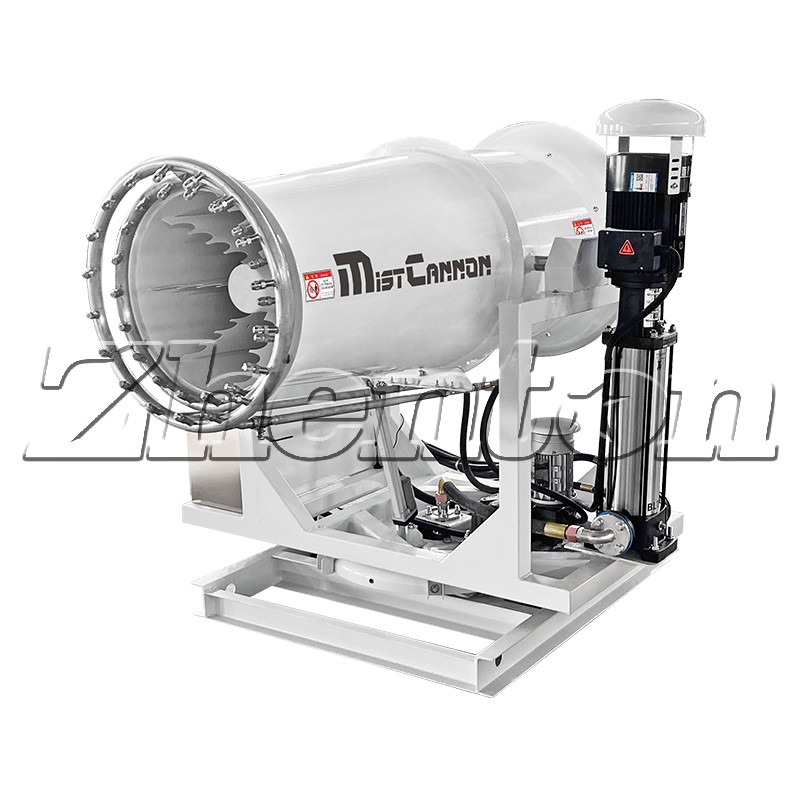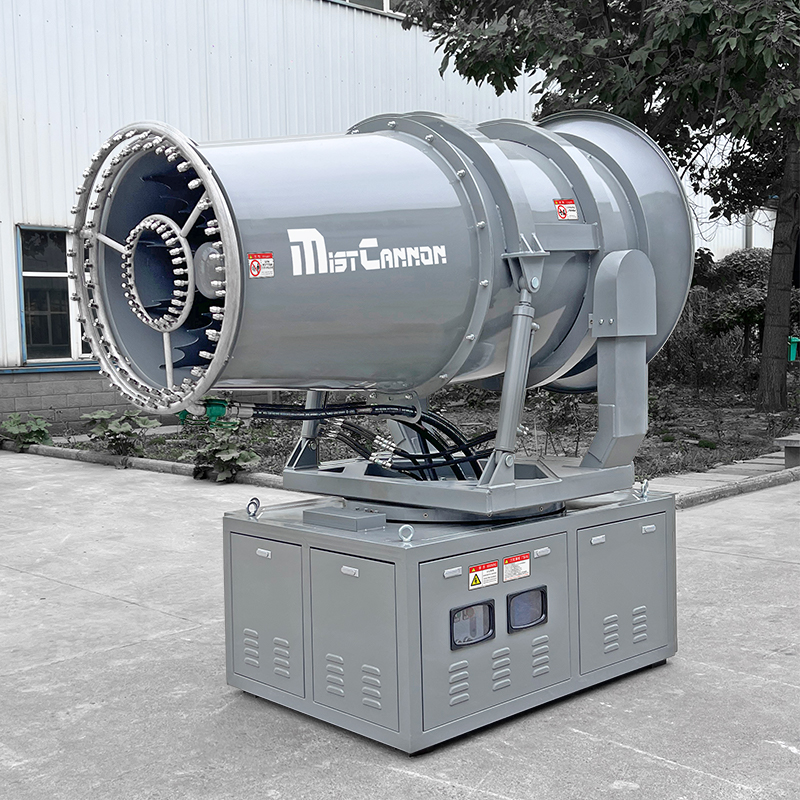
As a key tool for managing dust pollution, the performance of vehicle-mounted dust control machines directly affects dust suppression efficiency. The engine, as the core power source, requires careful selection. Here’s a 3-minute guide by Zhengtong Dust Control on engine selection:
The engine power must align with the dust control machine’s configuration and operational needs. Vehicle-mounted models typically require large water spray volume and long range, demanding sufficient power to support the water pump, fan, and overall system. Consider maximum spray range, pump/fan power to avoid underpowered or overpowered setups.
Fuel efficiency is critical for long continuous operations that consume substantial fuel. Prioritize engines with high fuel economy to reduce costs. Also, choose models meeting environmental standards for emissions compliance.

Working in harsh environments (e.g., dusty construction sites, rough terrain), the engine must withstand durability tests. Focus on manufacturing processes, material quality, and heat dissipation to ensure stable operation, minimize failures, and extend service life.
Easy maintenance is key to long-term reliability. Opt for engines designed for simple daily checks (e.g., oil changes, filter cleaning) and backed by a robust after-sales service system for prompt repairs.

Conclusion: Selecting an engine for vehicle-mounted dust control machines requires balancing power matching, fuel economy, reliability, and maintenance ease. A suitable engine ensures strong power support and effective dust suppression.
Contact With Us
If you have any questions please fell free to contact with us.